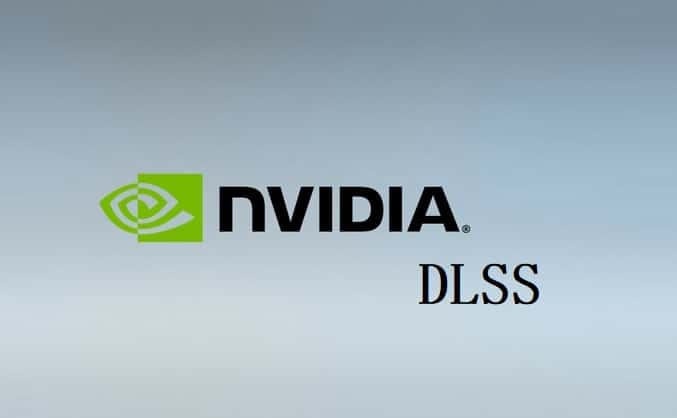Given how NVIDIA released its GeForce RTX 20 series graphics cards with the Turing architecture, you might have read something about Deep Learning Super-Sampling (DLSS). But what exactly is it? What kind of image quality and performance improvements can we expect? This article will answer all of these questions.
What is NVIDIA DLSS?
A couple of years ago, NVIDIA announced its next-generation Deep Learning Super Sampling (DLSS) algorithm. DLSS is a new feature in NVIDIA GeForce RTX graphics cards that vastly improves performance and reduces power consumption while enabling 4K visuals at high-refresh rates. Now let’s see why DLSS is important, and how does it work?
How NVIDIA DLSS Works?
NVIDIA’s super-resolution technology, Deep Learning Super Sampling (DLSS), works by synthesizing entirely new images with finer details that seamlessly integrate into your games. However, unlike traditional upscaling solutions, DLSS does not merely scale up images—it creates completely new, sharper images from your existing ones without sacrificing performance or visual quality.
How does it do that? By using neural networks to generate details that are imperceptible to human eyes but absolutely necessary for displaying smooth gameplay at high resolutions. The special neural network is trained by running video games on top of a large database of rendered images and comparing them to real video game screenshots.
Check out the video below to see how NVIDIA DLSS 2.0 performs in Death Stranding:
Once trained, it uses these millions of examples to generate filters that improve image quality even at standard 1080p displays. In addition to providing higher visual fidelity, it also takes less compute power and generates less heat than traditional anti-aliasing solutions (like MSAA).
The Importance of NVIDIA DLSS
NVIDIA’s new Deep Learning Super-Sampling (DLSS) technology is all about making high-quality rendering easier for developers by adding AI. Most PC gamers are familiar with supersampling, a graphics setting that increases image quality by rendering objects at a higher resolution than your monitor can display, then shrinking them back down to fit.
Supersampling works well in games but comes with a performance cost because you have to render more pixels than would normally be needed. The idea behind NVIDIA DLSS is similar but instead of rendering additional pixels that would be shrunk down again. It uses AI to figure out how to do things like render shadows and reflections with fewer pixels, resulting in better performance without reducing image quality.
Benefits/Advantages of NVIDIA DLSS for Gamers
Thanks to NVIDIA’s deep learning work, GeForce RTX GPUs can run Deep Learning Super-Sampling (DLSS), which is being featured in games like Final Fantasy XV and PUBG. DLSS allows a GeForce RTX GPU to create higher-quality images than would be possible with conventional anti-aliasing techniques—and it’s all done in hardware, so there’s no performance hit either.
In short, NVIDIA DLSS makes GeForce RTX GPUs perform like they have tens of thousands of dollars worth of dedicated ray-tracing hardware. For gamers, that means much better image quality than was previously possible—even with $1,000 cards. Of course, because DLSS requires a neural network trained on professionally rendered imagery to function correctly, applications aren’t widespread just yet.
